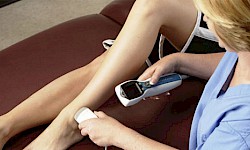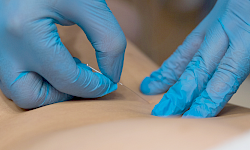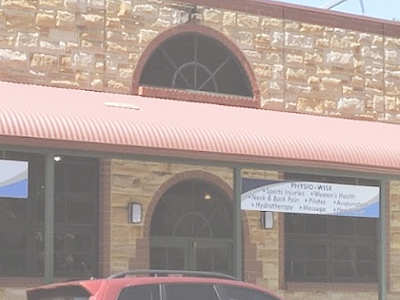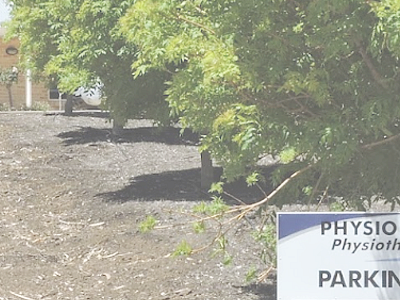Patient SB, 36, was seen pre-natally for the entire duration of her pregnancy for clinical pilates exercise as she had found it useful in maintaining strength and pelvic floor muscle control in her previous pregnancy (George, now 2). The pregnancy was uncomplicated and George was delivered vaginally after a 4 hour labour. SB sustained one small tear so no issues were anticipated for the upcoming delivery. She had recovered well post natally again continuing with a regular weekly clinical pilates appointment.
She contacted the clinic 3 days after delivery to advise that Dimitri had been delivered via emergency caesarean and she would now have to wait for 6 weeks before being able to re-attend any exercise sessions.
Patient Examination
Her main concern was being able to maintain and regain the strength of her lumbo-pelvic muscles and pelvic floor. SB reported that the physiotherapist at the hospital checked her rectus abdominis diastasis and found a 3 finger width separation.
As SB would be unable to exercise for six weeks to prevent any issues with the wound site, I recommended that she purchase and wear SRC Recovery Shorts as the compression that the garment provides I have found to improve wound healing and dramatically reduce the diastasis rectus abdominis (DRA) at a faster rate than without compression. Clients can go from as much as a 4 finger width separation down to 2 finger width in as little as 8 weeks wearing the garment.
When I reviewed SB at 7 weeks post natal her DRA measured 1.5 finger widths and the wound had healed well with minimal discomfort after the 4th post natal week.
We resumed her clinical pilates regime at that time and SB continued to wear the SRC Recovery Shorts and attend weekly sessions with exercises focussed on pelvic floor, transverses abdominis and rectus abdominis closure.
4 months after wearing the SRC Recovery Shorts the DRA was reduced to less than a finger width.
Abdominal Recovery
Time to help your patients shape their abdominal recovery in the early postpartum period.
- 53% of women suffer DRA immediately postpartum and 36% of those remain abnormally wide at 5-7 weeks postpartum.
- 66% of all patients with DRA had support-related pelvic floor dysfunction (SPFD), diagnoses of stress urinary incontinence, faecal incontinence, and pelvic organ prolapse.
- Untreated DRA can affect a women’s physical, psychological and social wellbeing in the immediate postnatal period as well as in the long term.
SRC Recovery Shorts
- Improved mobility for mum when lifting, feeding, bathing and caring for baby
- Gentle compression to caesarean or perineal wound areas to speed up wound recovery
- Reduce patient’s pain and provide back support
- Enable and encourage the abdominal muscles to work resulting in strengthening of the area.
This product is available to purchase from Physio-Wise.







